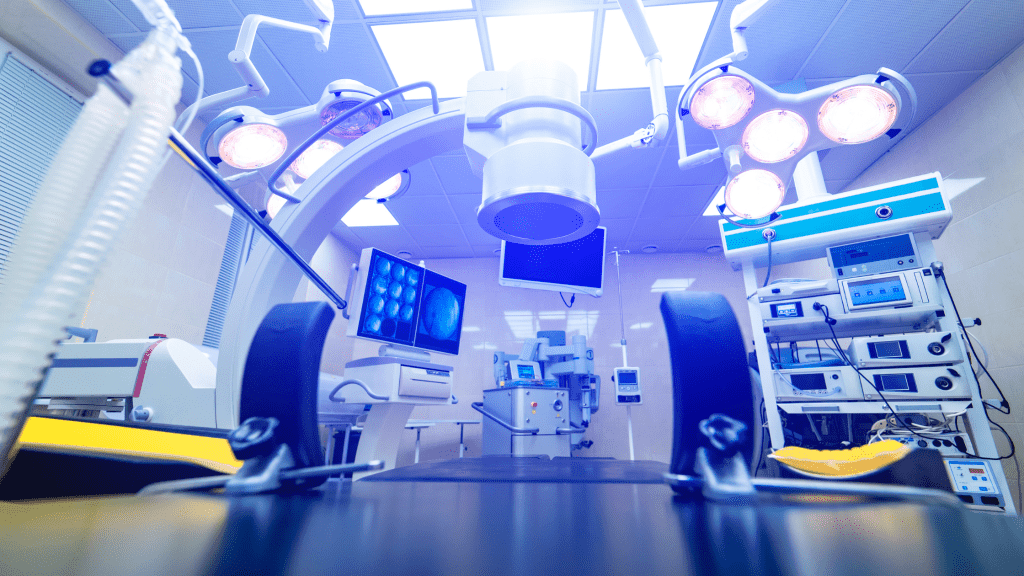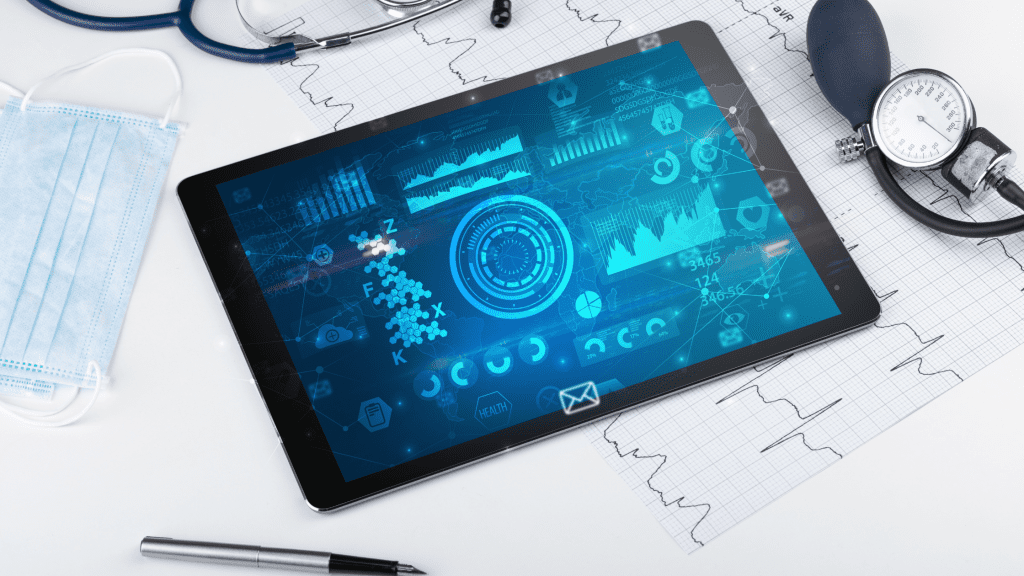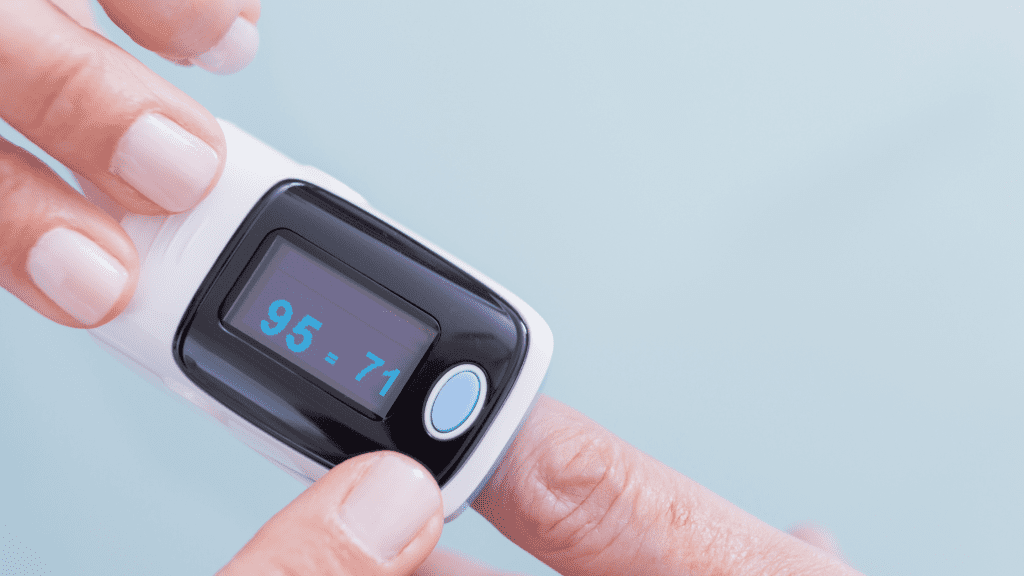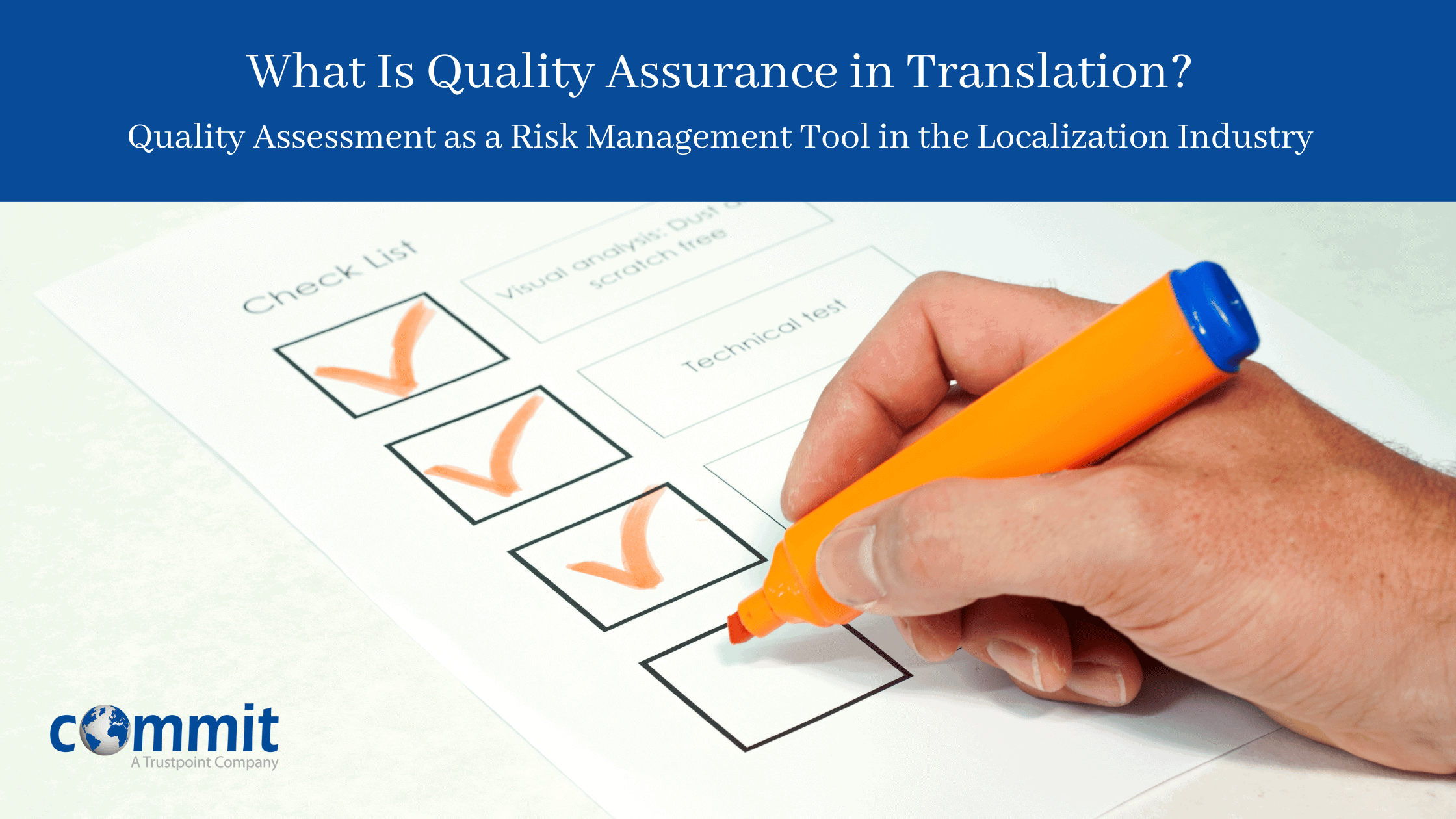|
Listen to Post
|
Listen to this article now:
Medical device localization refers to adapting medical devices to meet a specific target market’s linguistic, cultural, and regulatory requirements. It involves translating the device’s content, including user interfaces, manuals, and software, into the local language and modifying it to meet the cultural norms and expectations of the target market.
The medical industry is highly regulated—and for good reason. Medical device localization also ensures compliance with local rules and standards, which vary from country to country.
With patients’ health and providers’ reputations on the line, localization is critical for any manufacturer seeking to expand its products into new markets. That’s why quality is key. Poorly executed localization can impact health outcomes and result in costly delays and product rejections at the border. Strategic localization, on the other hand, can boost your return on investment and empower your business to stay competitive in an increasingly interconnected world.

Why do you need to localize your medical devices?
Medical device localization ensures your devices are tailored to meet the expectations and regulatory requirements of your target market. Here are some reasons why you should localize your medical devices:
Expand your target market
Medical device localization ensures your products are accessible, easy to use, and compliant in target markets outside your country or region. Translating your device’s instructions, packaging, and user interfaces and adapting content to adhere to local customs and cultural expectations improves the user experience and increases adoption rates. In addition, it reduces the risk of misuse or misinterpretation of your devices. Ultimately, you can expect increased revenue, greater brand awareness, a positive reputation, more trust and credibility with local stakeholders, and, most importantly, better patient outcomes.
Reduce training costs
Localized medical devices can reduce training costs and increase efficiency for healthcare providers. Remember, localization is about much more than translating content from one language to another. It’s about adapting how a message is communicated to ensure it’s understandable, relevant, and inoffensive to local audiences. When your device’s training materials and related content are localized, you can save on support costs and lower operational expenses.
Comply with local regulations
In the medical field, compliance is essential. Local standards and regulations protect patients and healthcare providers from adverse outcomes. If your company fails to adhere to these rules, your reputation could take a nosedive—not to mention the potential financial repercussions. Ensuring product safety by meeting local requirements helps you build beneficial relationships with regulatory bodies and providers.

Improve customer support
Localization can improve your customer support and after-sales services. Localized support and training materials give your customers the resources they need to use your products effectively, reducing the likelihood of returns, complaints, and negative reviews. This can also improve customer satisfaction and loyalty, leading to repeat business and referrals.
Differentiate your brand
Finally, localization differentiates your brand from competitors in the target market. By demonstrating your commitment to the local culture and language, you build customer trust and credibility and position your brand as a reliable and respected player in the local medical device industry. This can also help you establish long-term relationships with key stakeholders, such as distributors, healthcare providers, and regulators, and gain a competitive advantage over rivals who haven’t invested in localization.
Medical device localization certifications
The medical device localization process is subject to several standards. Let’s take a closer look:
ISO 9001
ISO 9001 is an internationally recognized standard for quality management systems providing a comprehensive framework to ensure consistent product and service quality. This standard can be applied to any organization, regardless of size or industry. Worldwide, there are more than 1 million certified organizations across over 170 countries.
ISO 9001 is founded on quality management principles, including customer focus, management involvement, a process-oriented approach, and continuous improvement. By implementing these principles, organizations can ensure their offerings meet customer needs and regulatory requirements.
For medical device companies, ISO 9001 can be valuable in ensuring compliance with local regulations and standards. Medical device localization often requires product design, labeling, and packaging modifications to meet local requirements, and ISO 9001 can help teams ensure these changes are implemented consistently and effectively.

ISO 17100
ISO 17100:2015 sets out requirements for translation service providers (TSPs) to deliver high-quality translation services that meet relevant specifications. The standard outlines the core processes, resources, and other aspects necessary for the provision of a comprehensive and effective translation service.
TSPs can apply ISO 17100 to demonstrate their capability to deliver a translation service that meets the needs of clients, the target market, industry best practices, and legislation. These standards ensure the localized content accurately reflects the original product information and meets the local regulatory requirements.
ISO 13485
ISO 13485 is a comprehensive quality management standard that outlines the requirements for medical device design, production, installation, and servicing. Certification is not a requirement for all organizations but can benefit those seeking compliance.
Unlike other ISO standards focusing on product quality, ISO 13485 emphasizes a process-oriented approach to quality management. This means organizations must identify and manage the inputs and outputs of linked processes to meet the standard’s requirements. By following this process-oriented approach, medical device localization can be carried out in a way that meets the needs of both local healthcare providers and patients while also ensuring that the product meets regulatory requirements.

Medical device regulations
In addition to certifications, medical devices are regulated according to local rules and legislation. When localizing your medical devices for a new market, it’s essential to adhere to the regulations set out by that market’s governing body.
Here’s how that might look, depending on your target market:
Medical device regulations in Europe
Medical device regulations in the European Union are governed by the European Union Medical Device Regulation (EU MDR) and the In Vitro Diagnostic Regulation (IVDR), which took effect on May 26, 2021.
The EU MDR sets out strict requirements for medical device manufacturers to ensure the safety and performance of their devices, as well as increased supply chain transparency and traceability.
Medical device regulations in the United States
In the US, medical device regulations are overseen by the US Food and Drug Administration (FDA) and apply to all medical devices, from simple equipment to life-sustaining machines.
These regulations require manufacturers to follow a strict process for designing, developing, testing, and marketing their devices. They must also comply with labeling and advertising requirements and keep accurate records.

Medical device regulations around the world
- Australia: In Australia, medical devices are regulated by the Therapeutic Goods Administration (TGA) through the Therapeutic Goods Act 1989 and the Australian regulatory guidelines for medical devices (ARGMD).
- Brazil: The National Health Surveillance Agency (ANVISA) regulates medical devices in Brazil through both Resolution RDC n° 185/2001 and Resolution RDC n° 16/2013.
- Canada: Health Canada is responsible for regulating medical devices through the Medical Devices Regulations (MDR).
- China: In China, the National Medical Products Administration (NMPA) regulates medical devices through the Provisions for the Supervision and Administration of Medical Devices standards.
- Japan: The Pharmaceuticals and Medical Devices Agency (PMDA) regulates medical devices through the Medical Devices Act (MDA).
Reach new markets today
If you aspire to expand into new healthcare markets, localizing your medical devices is critical to a successful and profitable outcome. However, the process is not always straightforward. It requires adherence to different regulations and certifications, which vary by region and country. Failure to comply with these regulations can result in fines, legal actions, and damage to your reputation.
Contact us today to learn more about our medical device localization services and how we can help you expand your reach and market share globally.







